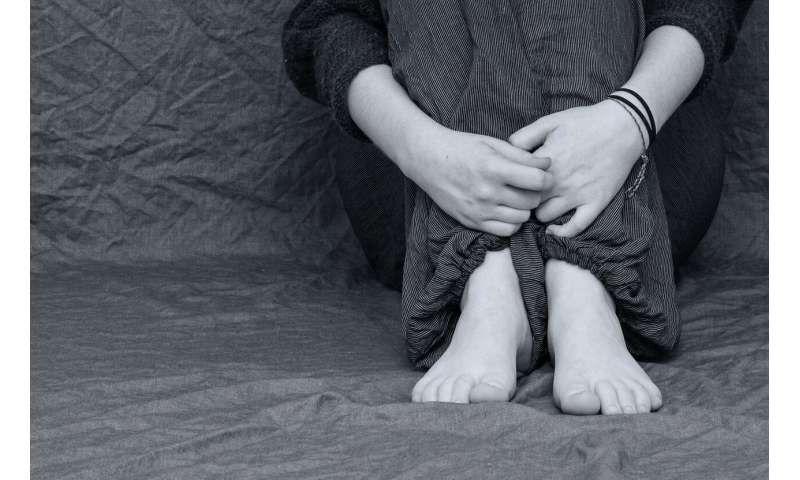
Children who are bullied are at risk of experiencing poor outcomes for up to four decades after exposure.
Today is National Day of Action against Bullying and Violence (NDA), a day where we can all take action together.
Bullying can be physical, verbal and social. While offline bullying generally takes place at school, cyberbullying can be far more pervasive. It can happen anywhere, anytime and reach a much wider audience than offline bullying.
Cyberbullying cases may involve images, memes, or videos in addition to messages via social media platforms, instant messaging platforms, email and SMS.
“Bullying is an ongoing and deliberate misuse of power in relationships through repeated verbal, physical and/or social behavior that intends to cause physical, social and/or psychological harm,” says Professor Ilan Katz of UNSW’s Social Policy Research Centre.
“It can involve an individual or a group misusing their power, or perceived power, over one or more persons who feel unable to stop it from happening,”
Offline bullying happens in face-to-face situations in specific locations such as schools or in the street. It can involve physical attacks but also verbal attacks or deliberate social exclusion of the victim by his/her peers.
Cyberbullying can involve verbal attacks on a victim, excluding the victim socially online and other forms of bullying such as revenge porn or posting other offensive images.
One big difference, Professor Katz says, is that the perpetrator can be anonymous online but not offline. Studies have shown cyberbullies feel less remorse, as they cannot see the reactions of their victims.
“Cyberbullying and offline bullying are probably equally destructive, but some research shows cyberbullying can be more destructive because offline bullying finishes when the event is over, whereas online bullying can reach a much wider range of people and can also last longer. The results can lead to serious psycho-social and life problems.”
He says as well as the risk of heightened exposure and humiliation, cyberbullying can also be more difficult to escape from.
“Once an image or a post is online, it is very difficult to remove, particularly after it has been shared. This can cause ongoing distress to the victim.”
Dr. Michelle Tye from UNSW Medicine, who’s based at Black Dog Institute says although bullying is a complex issue, there is clear evidence that it is linked to poor mental health outcomes. This includes an increased risk of developing depression and anxiety, and overall poorer psychological and emotional functioning.
“The experience of bullying appears to heighten these risks independently of other biological and environmental factors. The negative effects of bullying have been shown to be long-lasting, with research revealing that children who are bullied are at risk of experiencing poor social, health, and economic outcomes for up to nearly four decades after exposure.”
Dr. Tye says some examples of long-term problems may include forming adult relationships, mental health disorders and unemployment. She also says young people who suffer prolonged, repetitive bullying report worse mental health outcomes compared to those with less exposure.
“Of concern, the experience of being bullied is also a risk factor for suicidal thoughts and behaviors, with bullied youth being almost 10% more likely to consider suicide than non-bullied youth.”
A recent Australian study looking at risk profiles of adolescents who have been admitted to hospital for suicidal behavior found that 60% reported a history of bullying.
“We know that the prevalence of bullying among suicidal young people is higher than the prevalence of bullying in the general adolescent population in Australia, which is closer to 27%. Research has also shown that the risk of bullying for suicide operates independently of other suicide risk factors such as depression, sex, or, socioeconomic status, speaking to the significant impact bullying can have on mental health outcomes” says Dr. Tye.
A recent analysis of the associations between bullying behaviors and suicide among school age young people found that youth involved in bullying in any capacity—both as bullies and victims of bullying—were more likely to think about, and attempt suicide, than those not involved in bullying.
Dr. Tye says the risk for suicidal thoughts and behaviors is high among youth who have been exposed to bullying, they have been found to be four times higher for those who have been both a bully and a victim (‘bully-victims’).
Source: Read Full Article
